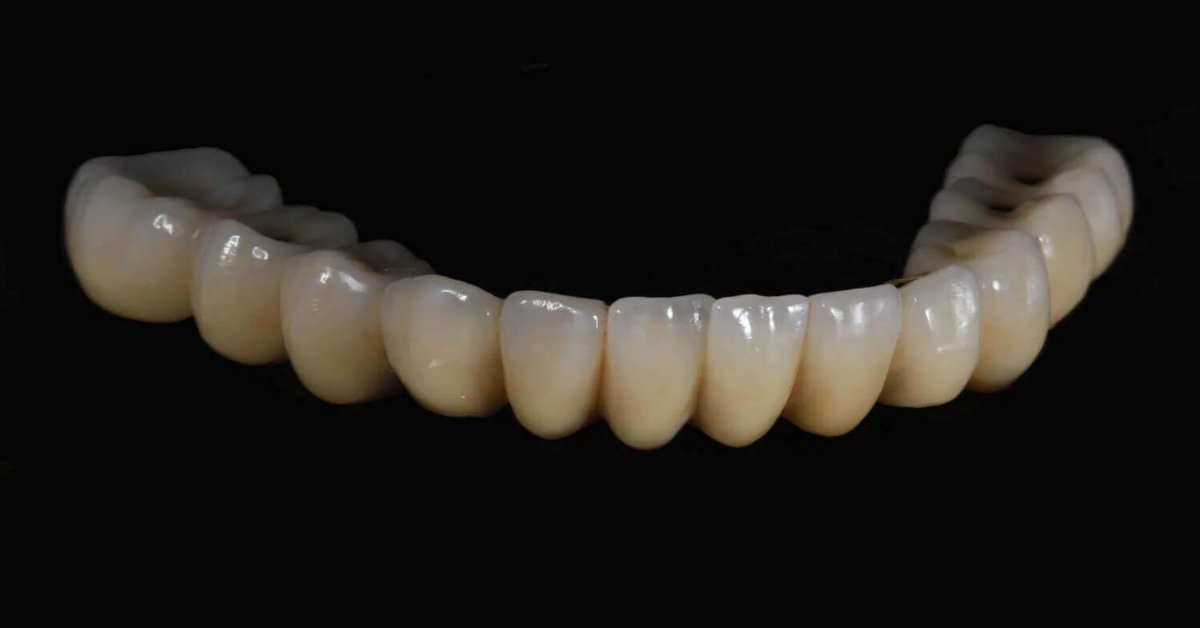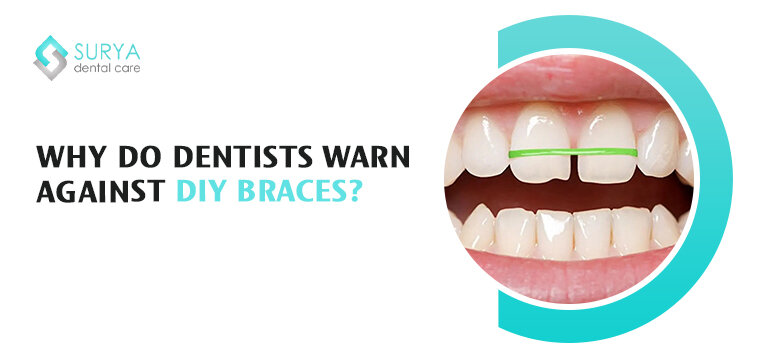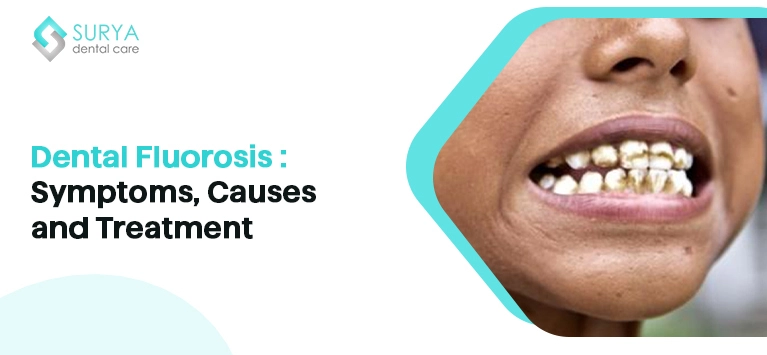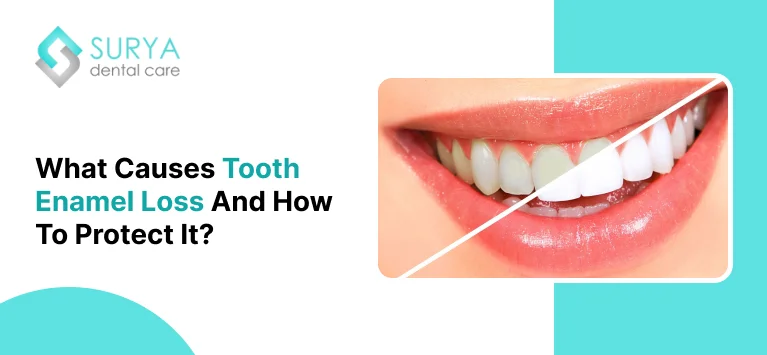
A Dental Bridge is actually a false tooth which is attached to close or bridge the space caused by a lost tooth. Whether a tooth is extracted or knock down, dental bridges are effective to restore the gap caused by the missing tooth.
Even though the role of a bridge is same as dentures, dental bridges contrast with dentures in terms of their size. While dentures are fabricated to restore multiple or complete dentition, bridges are developed to retain a single lost tooth.
Why are dental bridges important?
The space occurred as an outcome of a missing tooth will affect your facial aesthetics and oral health in many ways.
If such gaps between teeth are left untreated, it would lead the adjacent teeth to drift out of their position. It is followed by reducing the jaw size and cause jaw joint disorders. Similarly, oral bacteria take advantage of the empty space and cause cavities, gum diseases, etc.
Hence you should opt for dental bridges or other teeth replacement options to wrap that gaps.
What are the different types of dental bridges available?
Your Dentist or Prosthodontist will decide what kind of bridges are appropriate for your dentition after analyzing the gap’s impression taken. This is because certain gaps require implants to support the bridge.
In general, there are 4 kinds of dental bridges available. They are explained as follows:
1. Traditional Dental Bridge
Traditional bridges, also known as fixed dental bridges are highly used by Dental Professionals to close the gap left by a missing tooth. It contains a pontic(fake tooth) between two porcelain crowns on both sides of the tooth.
It involves carving a bit portion of the nearby teeth’s enamel around the space. Then space is closed with the artificial tooth while the incised teeth are covered with acrylic crowns.
2. Cantilever bridge
Cantilever dental bridge is applied when a patient does not have a tooth on either side of the gap. In such cases, the pontic has to be supported with one adjacent tooth. The false tooth is attached by incising the available nearby tooth and fixed to the end of it.
3. Implant Supported Dental Bridges
If you do not have teeth on either side of the gap or lose many teeth, then your Dentist will prefer this kind of dental bridge.
This is similar to traditional dental bridge approach but the false teeth are supported by the titanium anchor surgically positioned instead of adjacent teeth.
4. Maryland Bridge
It is also known as Resin Bonded Bridge and Sticky Bridge. Similar to Fixed dental bridges, it also requires support from the teeth on both sides of the gap.
In this approach, the artificial tooth is provided with metallic wings. The wings are bonded to the back surface of the abutment teeth (teeth on either side of the gap). The false tooth made up of porcelain material alone is visible to people.
Bacteria can penetrate the abutment teeth through the margins of your dental bridge. Hence you should efficiently brush and floss your mouth to extract the deposits that stuck between the pontic and your teeth.
Dental Bridges are highly durable and they can last for more than decades. You can extend the lifetime of the bridges fixed in your mouth by maintaining adequate oral hygiene routine.




















Leave a Comment